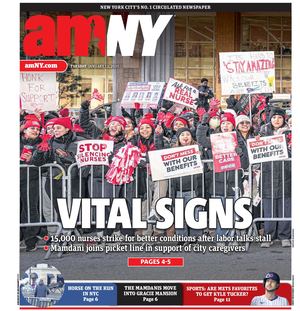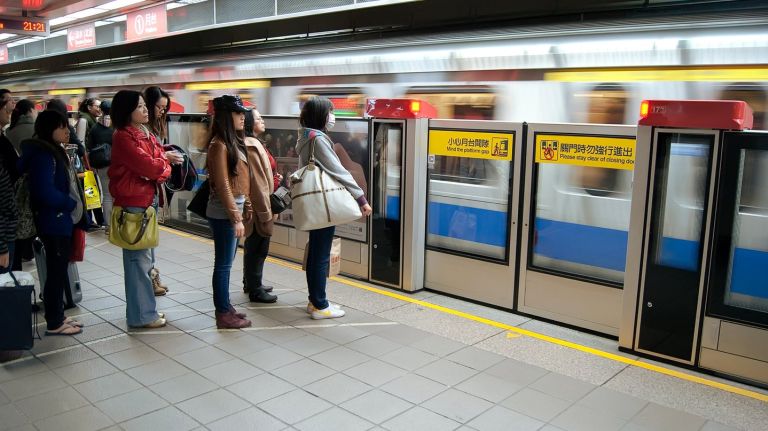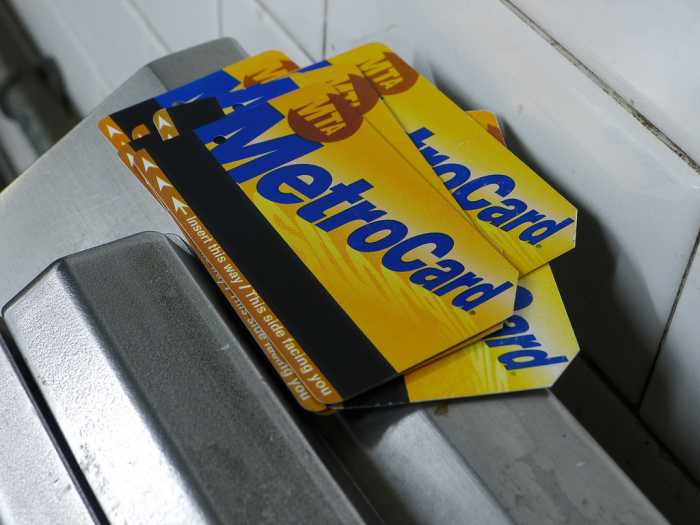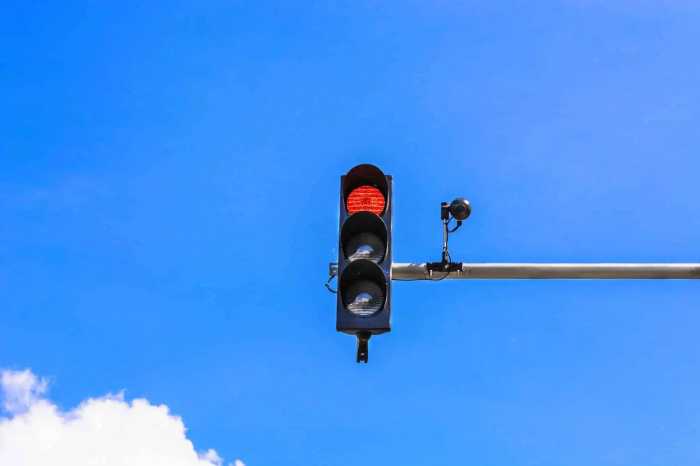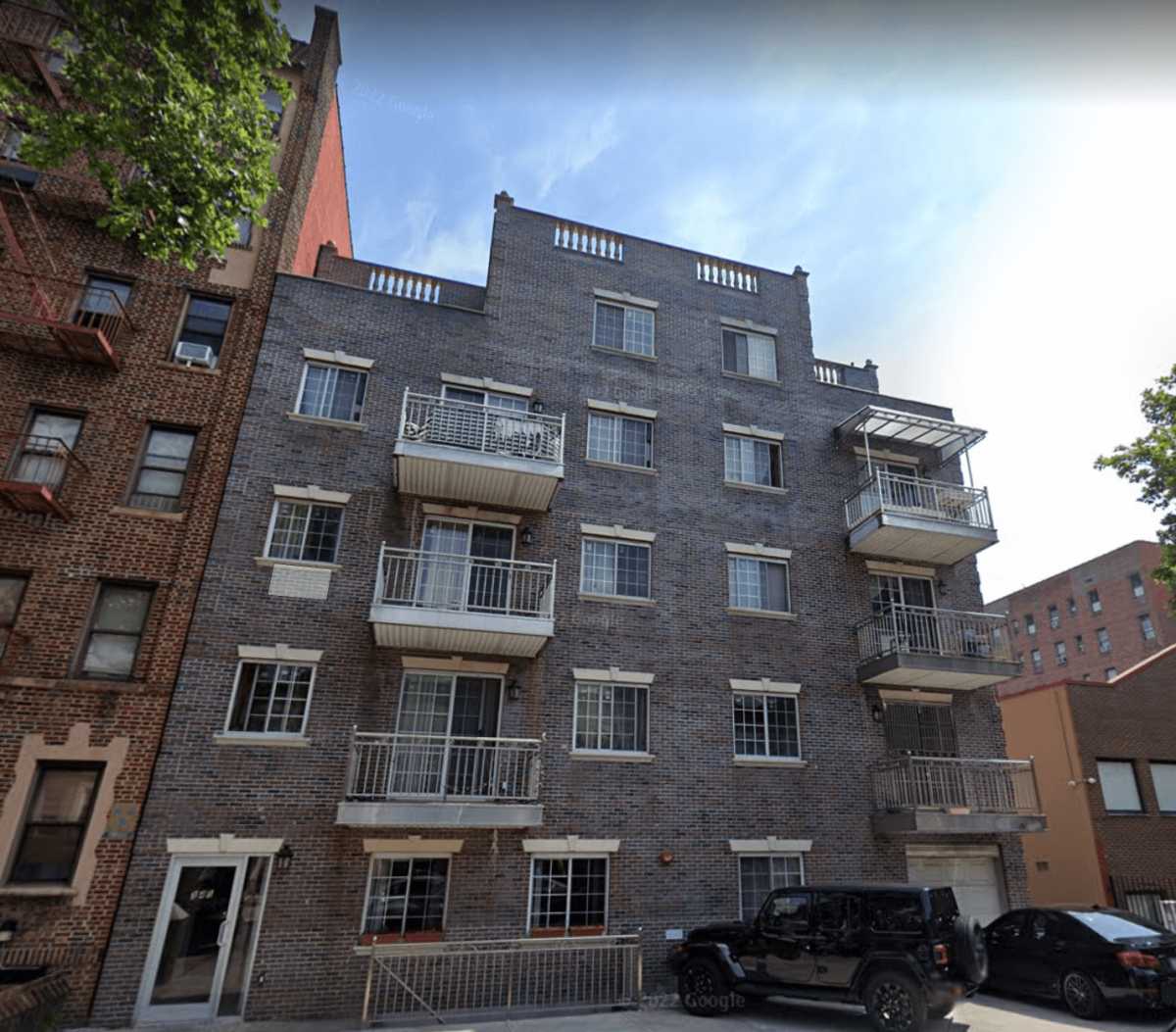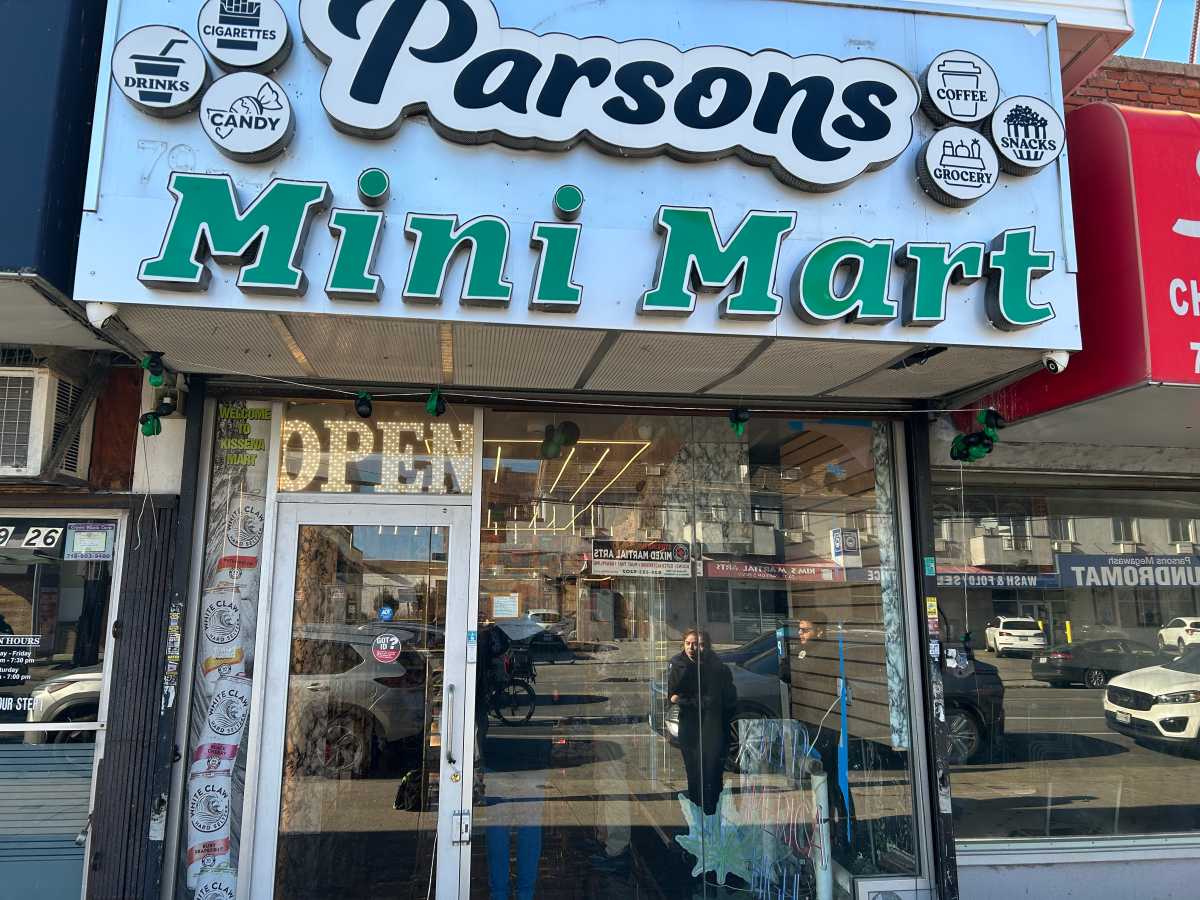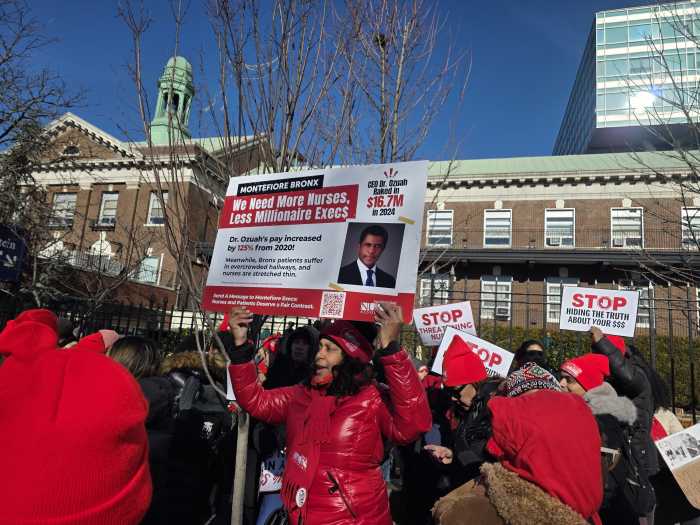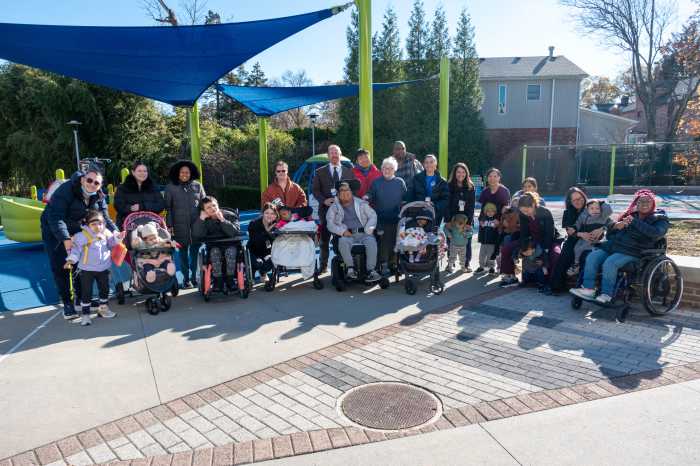
The MTA will test platform doors on the Third Avenue station along the L line following months of advocacy from board members and experts.
“We’re in the design planning stages and working to overcome structural challenges for a small platform screen doors pilot at the Third Avenue Station along the L line,” said an MTA spokesman in a statement.
The agency had no further details, like what materials the doors will be made of, or whether they would stretch from the platform to the ceiling. It’s also unclear when such a pilot would start, though the Third Avenue station is one that will be closed during the L train shutdown, which begins in April of 2019.
Platform doors are fairly common among other transit agencies, which use them for improved safety and track cleanliness. MTA board members — most vocally Charles Moerdler — as well as organizations like the Regional Plan Association, have pushed the agency to bring the feature to New York.
“It’s a marvelous opportunity to test their value in providing an important additional measure of safety and crowd control while helping to limit the fire hazard of refuse on the tracks,” said Moerdler in an email. “It proves as well that persistence pays off when sound ideas are offered to advance the interests of the riding public.”
The MTA has been historically unreceptive to a widespread roll out of platform doors. It had argued in the past that, given the age of the system and its lack of uniformity among stations and train cars, installation would be costly.
The MTA on Tuesday outlined four main obstacles in the way of installing platform doors: space for an equipment room; curved tracks at stations; obstructions, such as columns, within five feet of the platform edge and adequate power. The Third Avenue station was selected because it presents few of those challenges for a pilot, according to the agency.
Yonah Freemark, a transportation blogger who has written about the benefits of platform doors, said that other old systems in cities like Paris have been able to install doors, including at curved stations, and that the feature has allowed for trains to pull into stations faster.
He also offered a few other clues for the MTA’s testing choice. L train cars are all the same model and the line features automated signaling, which should allow for easy alignment between the train and the platform doors, he said.
“Generally, [platform doors] are an important element of making the system safer and more effective, especially in stations where the subway lines have been upgraded from a signal perspective,” Freemark said. “The MTA can coordinate the signals with the doors to make sure that they open appropriately and the train stops in place. It’s something that’s not possible among all lines at the moment.”
